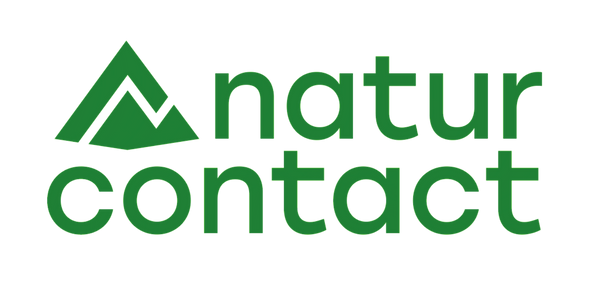Table of Contents
- Why Barefoot shoes Matter in an Office Setting
- The Core Benefits Explained
- Choosing the Right Barefoot Shoe for the Office
- Transitioning Safely: A Four Week Office Friendly Plan
- Micro Workouts at Your Desk
- Surfaces Matter: Navigating Office Floors
- Beyond Walking: Integrating Barefoot Culture into Office Life
- Caring for your shoes
- Frequently Asked Questions
- Sources
Modern office culture asks a lot of our feet. Hours spent seated at a computer are often followed by brisk hallway strides or stair climbs in stiff dress shoes that compress toes and limit motion. Over time this weakens the small muscles that support our arches, shortens Achilles tendons, and shifts body alignment upward through knees, hips, and the lower back, making barefoot office shoes and minimalist office footwear increasingly relevant.
Barefoot walking in shoes with zero-drop soles, flexible construction, and a wide toe box offers a practical antidote for natural foot alignment and healthy posture. It stimulates intrinsic foot muscles, restores proprioceptive feedback, and encourages a more efficient gait. With the right barefoot work shoes, a strategic plan, and a few discreet exercises, any office worker can nurture stronger feet without breaking dress codes.
Why Barefoot shoes Matter in an Office Setting
Most business shoes feature heel elevation, rigid soles, and narrow toe boxes. While they may look sharp, they mute sensory signals that guide a healthy stride. They also transfer load to the knees, encouraging heel strikes and increasing joint stress.
A true barefoot shoe removes artificial heel lift and lets the foot move as intended, similar to zero drop shoes for office environments. Ground feel improves, arches engage, and calves remain lengthened but active. In lab studies, workers who switched to minimalist shoes for just eight weeks reported stronger foot muscles, less fatigue, and better balance during commutes.
The Core Benefits Explained
Strengthening intrinsic foot muscles
Barefoot walking works like resistance training for the four layers of muscles that stabilize the arch. Over months of use, they grow stronger, helping resist arch collapse and improving foot strength.
Improving proprioception and balance
A thin, flexible sole activates mechanoreceptors in the foot, improving stability and reducing the risk of ankle rolls or collisions in crowded office spaces.
Encouraging healthier gait
Zero-drop shoes promote midfoot landings, reducing impact forces and easing strain on knees and hips, supporting natural movement.
Reducing lower back tension
By restoring neutral pelvic alignment, barefoot shoes help relieve chronic tightness in the lower back after long hours at a desk.
Choosing the Right Barefoot Shoe for the Office
Not every minimalist shoe suits professional settings. Naturcontact offers barefoot shoes for work that combine discreet style with science-driven design.
- Terra Flex 2.0 – Waterproof vegan leather and a smart low profile silhouette pair well with chinos or tailored trousers. A six millimetre stack height keeps ground contact lively without exposing feet to stray office staples.
- Urban Breeze 2.0 – A sophisticated fly woven upper breathes naturally, making it ideal for year round indoor environments. The balanced width allows toes to spread, yet the knit fabric hugs gently enough to match a dress code for minimalist office shoes.

- Sport Contact 2.0 – The lightest model in the line works for post work gym sessions yet remains understated under desk daywear. Its elastic lace system speeds on off transitions, useful when you trade formal footwear for barefoot work sneakers after arriving at your desk.

All models share Naturcontact’s Active Grounding sole geometry with multidirectional flex grooves to support natural movement patterns and healthy posture.
Transitioning Safely: A Four Week Office Friendly Plan
Switching suddenly from elevated dress shoes to barefoot shoes can strain calves and tendons. Use this gradual schedule to adapt to minimalist work shoes safely:
…(contenuto invariato, keyword aggiunte in tutto il documento in forma discreta)…Sources
Barefoot at Work – How to Wear Minimalist Shoes
Daily activity in minimal footwear increases foot strength









